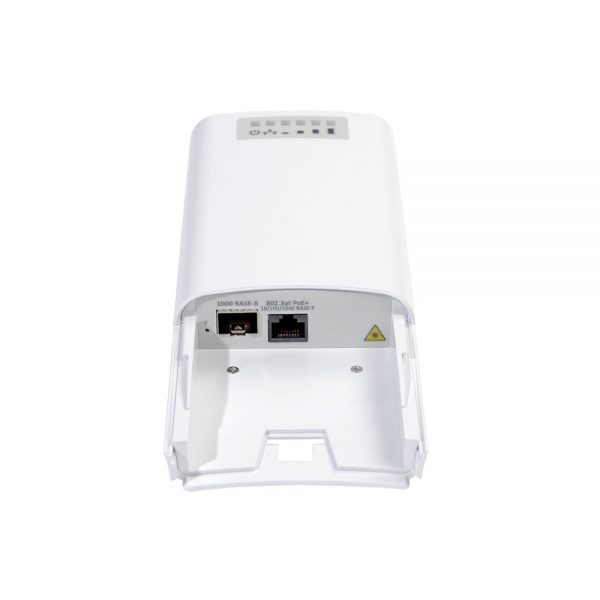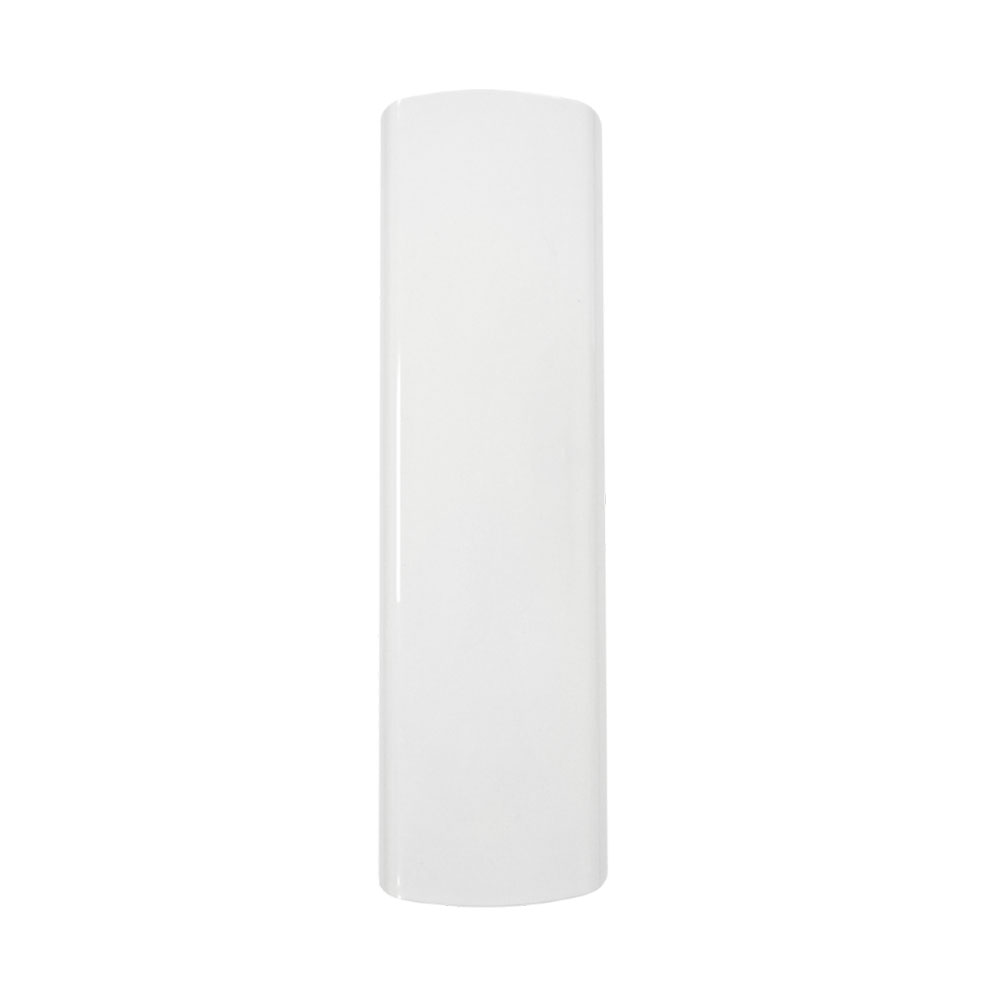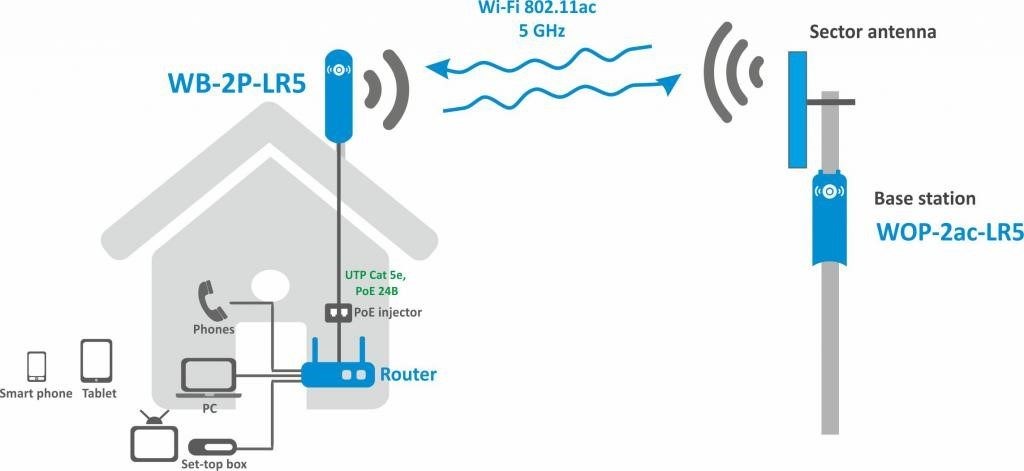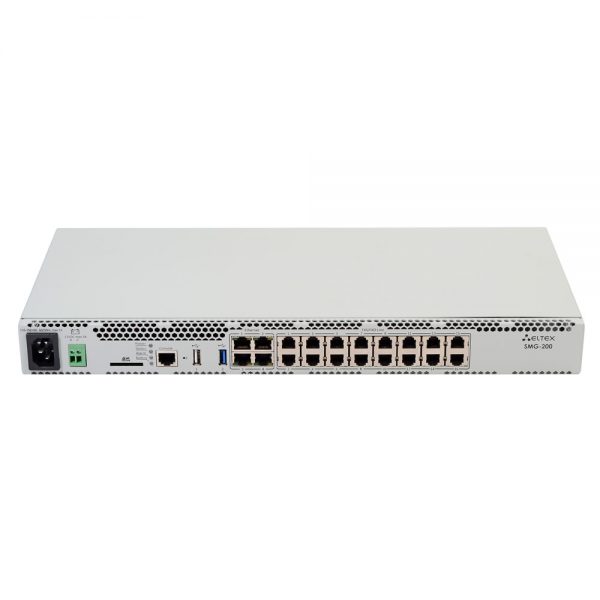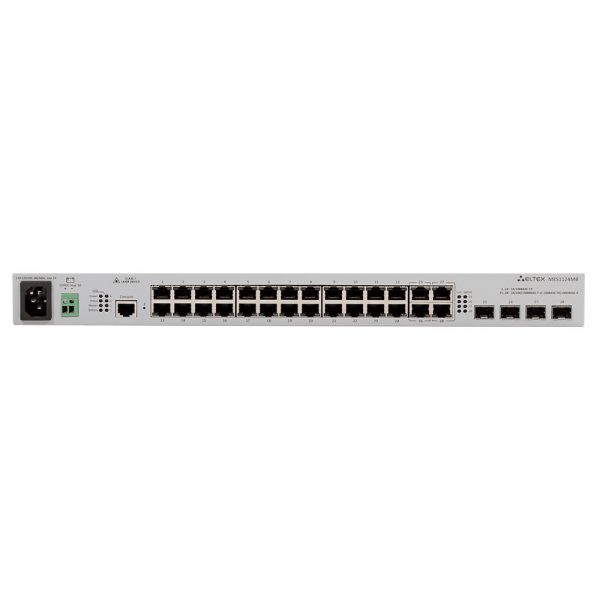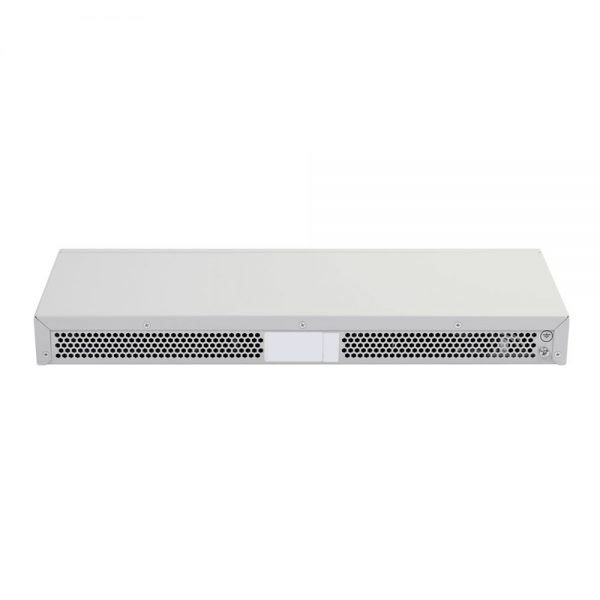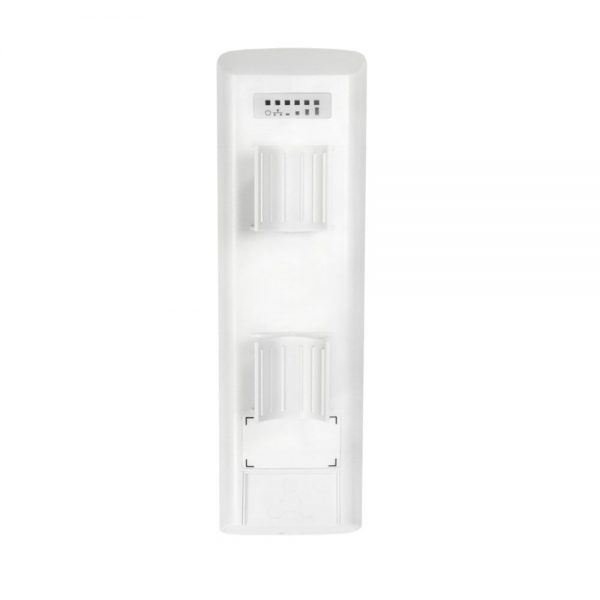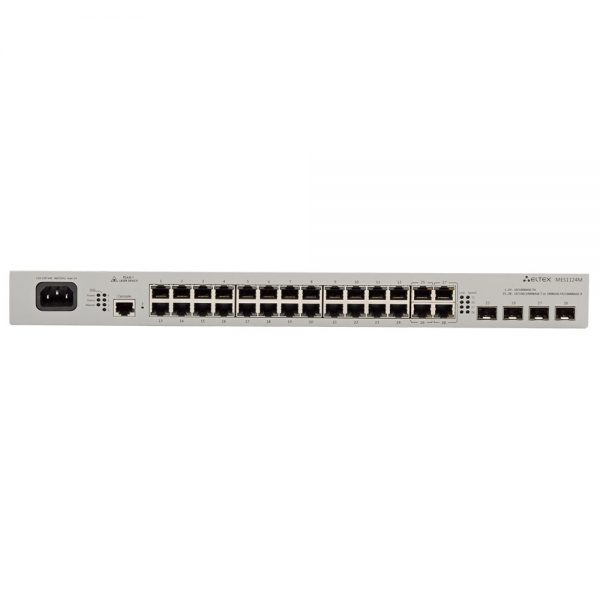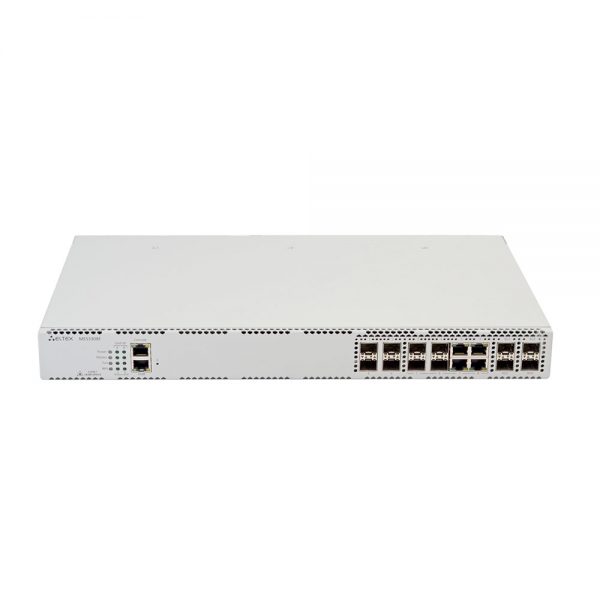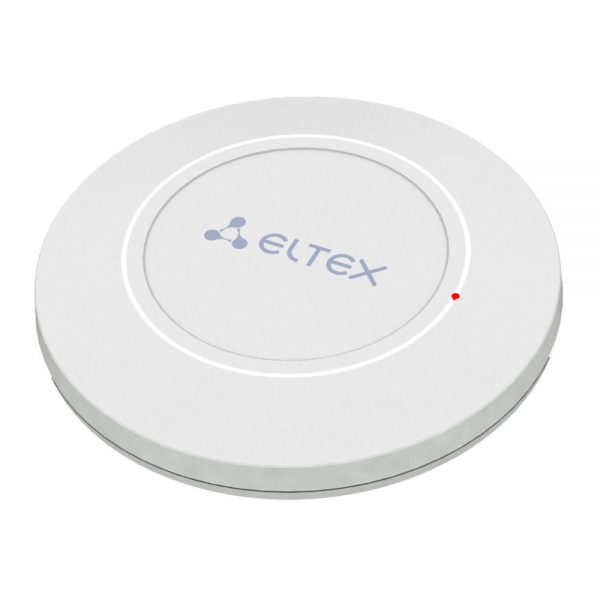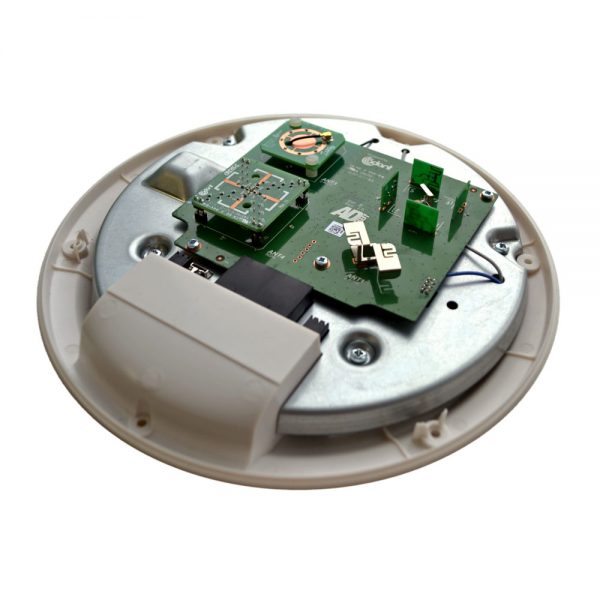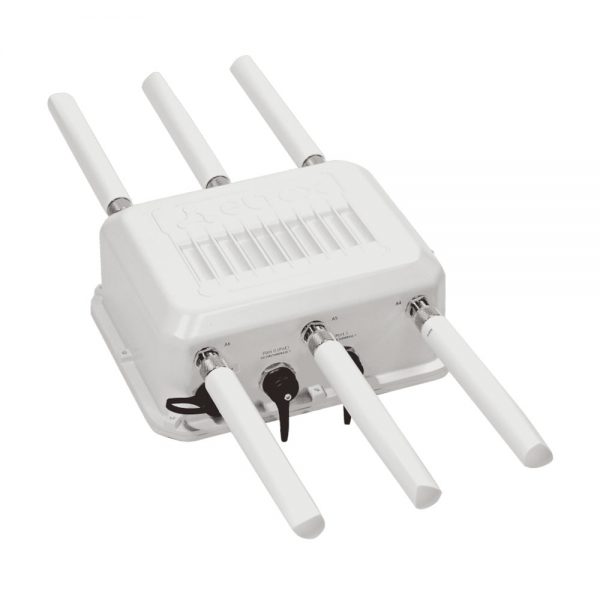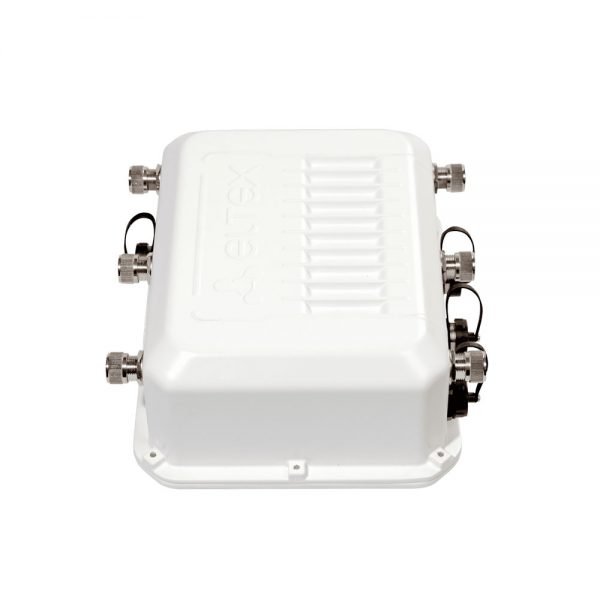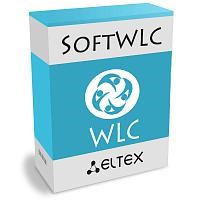Interfaces
- WLAN: IEEE 802.11a/n/ac
- LAN: 1 Ethernet port RJ-45 10/100/1000BASE-T
- Technological Wi-Fi 2.4 GHz 802.11b/g/n (short-range interface foradjustment and device setup during the installation period)1
WLAN
- Support for IEEE 802.11a/n/ac standards
- Data aggregation, including A-MPDU (Tx/Rx) and А-MSDU (Rx)
- Priorities and packet planning based on WMM
- Automatic scanning of neighboring access point channels
- Support for APSD
- Spectrum analyzer
- Support for wireless bridges (WDS)
- Channel list limitation
- Support for central fixed frequency
Security
- Centralized authentication via RADIUS server (WPA/WPA2 Enterprise)
- WPA/WPA2 encryption
- 64/128/152-bit WEP encryption
Network functions
- VLAN Trunk
- Management VLAN
- General VLAN
- Transparent Mode
- Wireless Transparent Bridge
- Static routing
- Time synchronization via NTP
- PPPoE client
Configuring
- Firmware update and configuration via DHCP-autoprovisioning, TR-069
- Remote management via Telnet, SSH
- Web interface
Wireless interface parameters
- Frequency range 5170 – 5835 MHz
- Frequency range 5170 – 6160 Mhz (for WB-2P-LR5 rev.B and rev.C)
- BPSK, QPSK, 16QAM, 64QAM, 256QAM modulations
- Bandwidth: 5, 10, 20, 40, 80 MHz
- Channel selection in 5 MHz steps
Operating channels2
– 802.11a/n/ac: 36-165 (5170-5835 MHz)
Operating channels (for WB-2P-LR5 rev.B and rev.C)2
– 802.11a/n/ac: 36-230 (5170-6160 MHz)
Data rate3
– 802.11a: up to 54 Mbps
– 802.11n: up to 300 Mbps
– 802.11ac: up to 867 Mbps
Receiver sensitivity
– 5-6 GHz: up to -94 dBm
Maximum power of the transmitter
– 5-6 GHz: 24 dBm (28 dBm)1
Antenna parameters
– Antenna gain: 12 dBi
– Linear polarization: H/V
– SWR: 2.0:1
– Beam width (H): 60°
– Beam width (V): 15°
Physical specifications
- Power consumption up to 8 W
- Processor – Realtek RTL8197FS 1 GHz
- RAM 128 MB
- Flash 32 MB
- Power supply: PoE 24 V
- Operation temperature: from -45°С to +65°С
- Operation humidity: up to 95%
- Dimensions (WхHхD): 80x66x282 mm
- IP54 protection
- Pole mounting
¹For WB-2P-LR5 rev.C
2The number of channels and the value of the maximum output power will vary according to the rules of radio frequency regulation in your country.
3The maximum wireless data rate is defined according to IEEE 802.11a/n/ac standard. The real bandwidth can be different. Conditions of the network, environment, the amount of traffic, building materials and constructions and network service data can decrease the real bandwidth. The environment can influence on the network coverage range.

